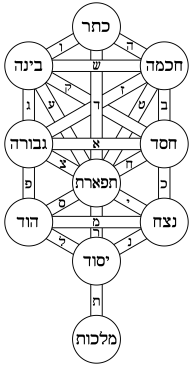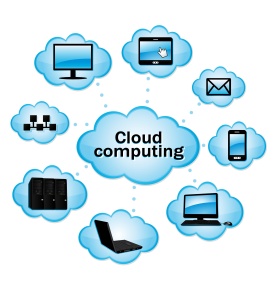I was recently explaining to an older close relative of mine the differences between traditional Microsoft Office applications like Word, Excel and cloud-based applications such as Google Docs, Sheets, etc.
She has sent a Google sheet to someone from Google Drive via email and when looking at the email she realized that there was no attachment in it. All she saw was a link. I showed her the link is linked to the file on the cloud and when the recipient clicks on it she will be taken to Google Drive where she can access the file.

Then she realized that she needed to make another change to the document, which was just sent. She got concerned that she is not going to be able to do it, since she had already sent the file out. And this took us into a longer conversation where I explained to her in details how much different the cloud files are, since the owner of the document and anyone who has editor access to it, can make ongoing changes.
What’s to this and to Judaism/Kabbalah you might ask?
Anyone who has ever read the biblical story of the creation of the world knows that Hashem/G-d created the world through Divine speech, 10 statements – or utterances – to be precise. This is the p’shat (simple/basic explanation) of it. Not so long ago, before we had the smartphones and Apple TVs and all the technology around us, an idea that something tangible like the world around us can be created through speech seemed unrealistic – if not naive – and was regularly discounted as just another fairy tale. We can now speak to our devices and have them do all sorts of things, so this might change the way we view and relate to that old Biblical story.
 Kabbalah goes deeper into this and discusses the actual nature of Divine speech. And as it does, it highlights a few differences between our speech and Divine speech. One of them is that when we speak our words they are there for a just brief moment and then they dissipate. Once we spoke them and they are out, we have no control over them – we cannot modify them or take them back (sometimes we wish we could). The same is true for sending an attachment/document via email. When another person downloads it onto their machine/computer and makes changes to it, we have no way of seeing it or contributing to it, unlike a cloud-based document such as Google Doc.
Kabbalah goes deeper into this and discusses the actual nature of Divine speech. And as it does, it highlights a few differences between our speech and Divine speech. One of them is that when we speak our words they are there for a just brief moment and then they dissipate. Once we spoke them and they are out, we have no control over them – we cannot modify them or take them back (sometimes we wish we could). The same is true for sending an attachment/document via email. When another person downloads it onto their machine/computer and makes changes to it, we have no way of seeing it or contributing to it, unlike a cloud-based document such as Google Doc.
Not such is the case with the Divine Word which according to the Jewish Sages is eternal and goes on forever. So rather than a sound that lasts very briefly Divine speech is more akin to an energy channel that extends from the upper realms all the way down into the lowest of the reals, which is our world of action (“Olam Ha’Asiya”), where it manifests in hard concrete reality. That connection between the Source/Hashem and this channel as well as the energy/content flowing through this channel are eternal. That Word continues creating and shaping the world around us. Any change in the Upper Worlds is reflected directly in the Lower worlds. What we see around us is a reflection or a projection if you wish of Cosmic/Divine energy that pours into this world through that channel/Divine word.

Which is very similar to what we see in today’s cloud technology. Even though we create a document on a cloud, our connection to this document is an ongoing one. That document is no longer a static entity but rather a living, breathing, constantly evolving piece of work.Kabbalah teaches us that the world never stopped expanding, this view being echoed by quantum theorists. In the Jewish teachings we learn that the world continuously evolves as we, humans, and Hashem are creator continuously engage in the process of co-creating.
If you have read any of my previous writings, you will know that I find enormous degree of similarity and parallel lines between Judaism and its teachings and technology. This is just another example where we find the same very principles discussed in ancient Jewish mystical teachings in today’s modern day technology.